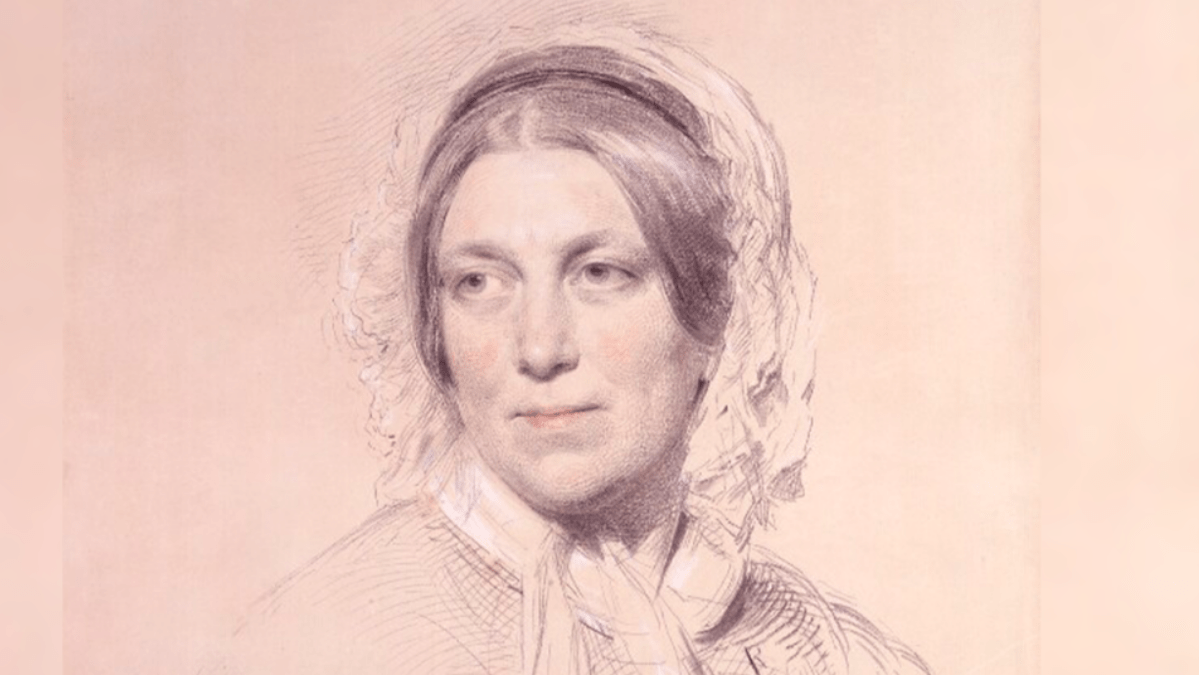We all study sociology as a subject, which is simply concerned with studying society and its institutions through scientific methods. According to Ogburn and Nimkoff, ‘Sociology is the scientific study of social life‘. Sociology is a very new field of study in the world of disciplines, which originated in the first half of the nineteenth century in response to the French Revolution and the Industrial Revolution. Sociology originated as a discipline since the changes that were taking place in society after these revolutions were difficult to understand by experts of any other subject and field.

In spite of being a newer field of study, the roots of sociology can be felt in the works of Aristotle, Plato etc. in Greek and Roman philosophy. One thing common to all these philosophers was that they had a low view of women. For example Aristotle considered women to be inferior to men because their bodies were too cold to produce seed (or semen). The philosophy that originated with its roots in classical Greek and Roman thought, could never eliminate patriarchy from within itself.
In 1838, the French philosopher Auguste Comte, who is called the father of philosophy, coined and used the term ‘sociology‘ for the first time in the context of the ‘scientific study of society‘.
Comte’s view of women was also discriminatory. He believed that there is a distinction based on gender, according to which ‘men are equipped with qualities that make them suitable for intellectual and managerial tasks specific to the public sector, while the characteristics of women make them affectionate assistants to men in private‘. In the era of modernity in the world, separate departments were created in universities for this subject. Now this discipline has reached different countries, where its study has expanded according to the society of the country.
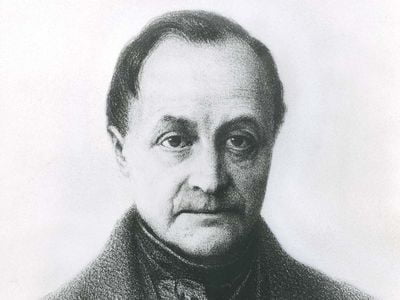
The “fathers” of sociology did not give any place to women in this subject, as a result of which societies were studied from only the male gaze. In such a situation, how could the freedom and place of women be certain?
The “fathers” of sociology did not give any place to women in this subject, as a result of which societies were studied from only the male gaze. In such a situation, how could the freedom and place of women be certain?
The first intervention in male dominated sociology was by Harriet Martineau, an English writer, theorist and journalist.
Background of Harriet Martineau
It is important to know Harriet’s biography because as a sociologist, her experiences have determined which areas she gave importance to in her life and on which topics she wrote extensively. The novelist Margaret Oliphant called her ‘a born lecturer and politician… less distinctively affected by her sex than perhaps any other, male or female, of her generation.’
Harriet wrote extensively about the patriarchal conditions of women in the nineteenth century, as well as the major religious, social, and political institutions in society.

She was born in 1802 in Norwich, England in a religious Unitarian Christian family. Her father, Thomas, was a textile manufacturer, and she was the sixth of eight children. Harriet’s parents were determined to give equal access to education to their all children including the girls by enrolling them in a convent school. But this decision originated not from a foresight of creating a good career but to have mastery in domestic chores which Harriet did not ever like.
Harriet’s parents were determined to give equal access to education to their all children including the girls by enrolling them in a convent school. But this decision originated not from a foresight of creating a good career but to have mastery in domestic chores which Harriet did not ever like.
She had an unusual childhood, having lost her senses of taste and smell at a very young age, she was a child with hearing impairment, having her own physical and psychological struggles. Her mother had kept a wet nurse for her, due to which she was unfamiliar with the attachment that a child experiences with the mother. As a result, she did not have a good relationship with her own mother.
As she did not want to get engaged in domestic life forever, she started writing anonymously for an Unitarian publication and wrote her first article in 1821 at age of 19, titled ‘On the Education of Girls‘ in the Monthly Repository. When the author of this article was named, her brother James told her, ‘Darling, leave the job of making shirts and socks to other women and devote yourself to it (writing).‘

After the death of Harriet’s father in 1826 and the closure of the factory, she had to engage herself in needlework for a living. But she soon became fully active in writing, which led to her economic freedom. Harriet was engaged to James’ college friend John, who died due to ill health before marriage. Mentioning this in her autobiography, she writes that although she was certainly saddened by John’s death, it was good that circumstances prevented their marriage. Harriet never married, nor did she have any children.
Harriet Martineau’s works and theories
In sociology, Harriet is a person who worked with a feminist perspective on marriage, children, the home, religious life, and race. She believed that the study of society should include every institution of the society with political, religious and social aspects. Harriet was interested in understanding how inequalities operated in any society, especially in the context of women, which was why Harriet was one of the first sociologists to include women and other marginalised groups, in her field of study.
Her important contribution to the field of sociology was the English translation of Auguste Comte’s work The Positive Philosophy in 1853 in order to make his work accessible to a wider audience. Her other notable contribution to sociology was the introduction of sociological research methods through How to Observe Morals and Manners (1838), which is used today to reach a conclusion by surveying a wide variety of data on various subjects. In 1834, Harriot wrote Illustrations of Political Economy, a twenty-five volume book published over a span of two years on how the free market worked and why economic freedom for women is crucial. This firmly established Harriet as a writer.
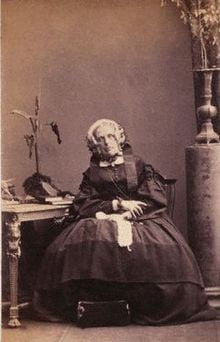
Harriet was outspoken on women’s issues and became even more concerned about the exploitation of women when she moved to America and became involved in the Civil Rights Movement and the Abolitionist Movement. Wendell Phillips referred to her as ‘the greatest American abolitionist‘ when unveiling a statue of Martineau in Boston’s Old South Church in December 1883 due to her prominent contributions to the movements. Because of these movements, she became more concerned about the exploitation of women.
In her work Society in America (1837), Harriet wrote a chapter titled ‘The Political Non-Existence of Women’, stating that women in the country were basically treated like slaves.
In her work Society in America (1837), Harriet wrote a chapter titled ‘The Political Non-Existence of Women’, stating that women in the country were basically treated like slaves. In the article titled ‘Female Industry’ (1859) published in The Edinburgh Review, she wrote about moving women out of the four walls of the home into the public sphere in order to gain economic strength and emphasised the rise of middle class women. Martineau wrote Household Education in 1848, lamenting the state of women’s education.
She believed women had a natural inclination to motherhood and believed domestic work went hand in hand with academia for a proper, well-rounded education. She stated, ‘I go further than most persons… in desiring thorough practice in domestic occupations, from an early age, for young girls.’ She proposed that freedom and rationality, rather than command and obedience, are the most effective instruments of education.
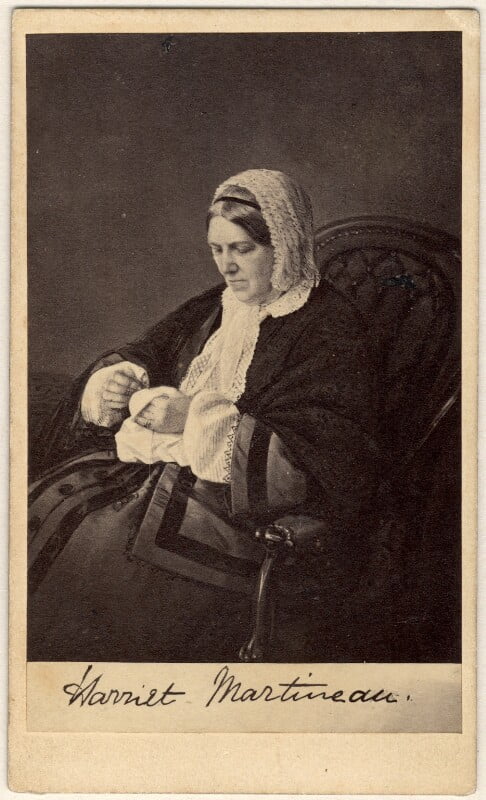
From 1852 to 1866, she contributed regularly to The Daily News. She wrote over 1600 articles for the paper in total. It also published her Letters from Ireland, written during a visit to that country in the summer of 1852. For many years she was a contributor to The Westminster Review. In 1854 she was among the financial supporters who prevented its closing down.
Feminist sociology in India
Feminist movements in the world had raised their voices for the rights of women. Before that, women were rarely seen outside their homes and this was the case not only in western countries but also in developing countries. The effect of male supremacy is not only evident in homes but in every field. The same was happening in the field of Indian Sociology as well. Sociology as a subject was established in the 1920s when departments were established for it in the Universities of Lucknow and Mumbai.
Govind Sadashiv Ghurye is called the father of Indian sociology. Apart from him people like MN Srinivas are included in this list. As a result, society was being explained from the point of view of a man, that too from the upper caste. Such a male-centric interpretation was intervened by Ghurye’s student Irawati Karve, who is said to be India’s first female sociologist.
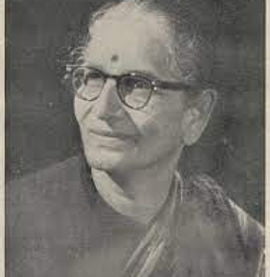
Apart from Irawati, Neera Desai, Leela Dubey, R. Sharadmani are included in this list. But in all these works of upper caste women sociologists, the Dalit woman was missing. The female Dalit perspective has been included in Indian sociology through the works of Sharmila Rege and Gail Omvedt.
Sociology is a very important subject. That is why it is necessary that the voice, vision and work of every section of the society be included in it so that the framework of a better society is inclusive, constitutional and welfarist.
